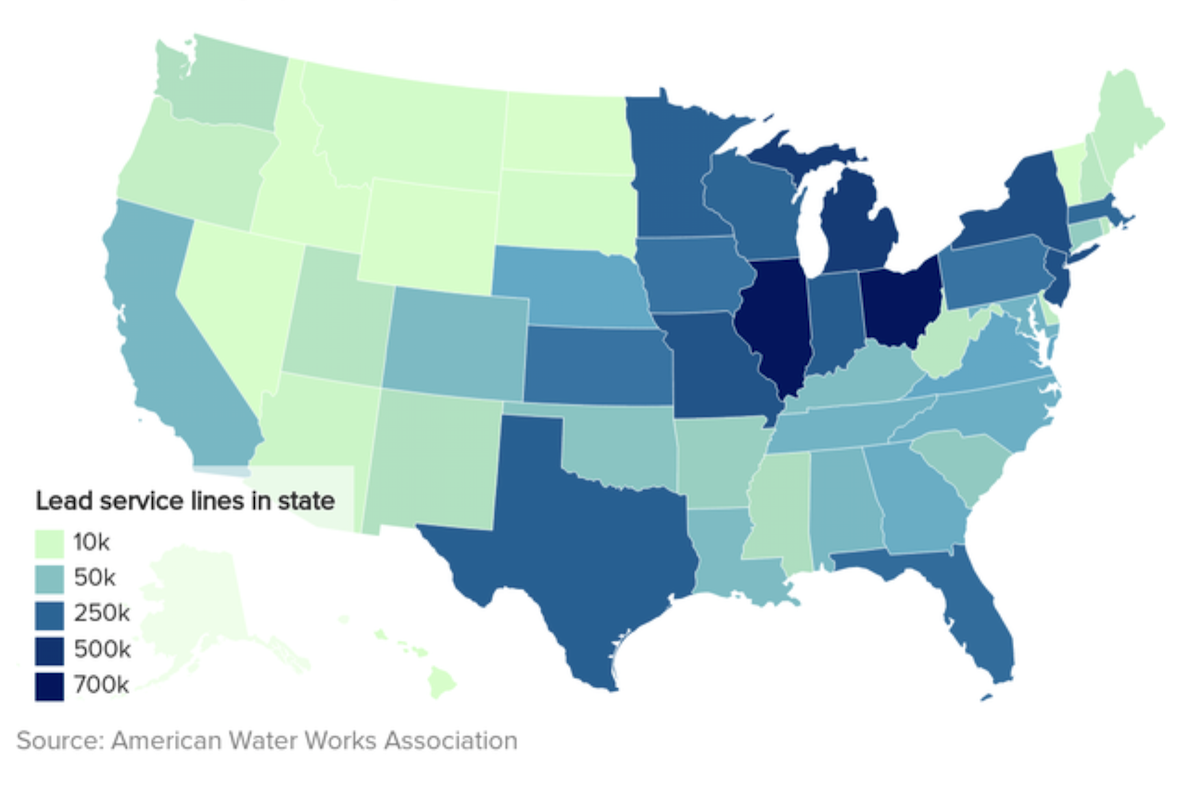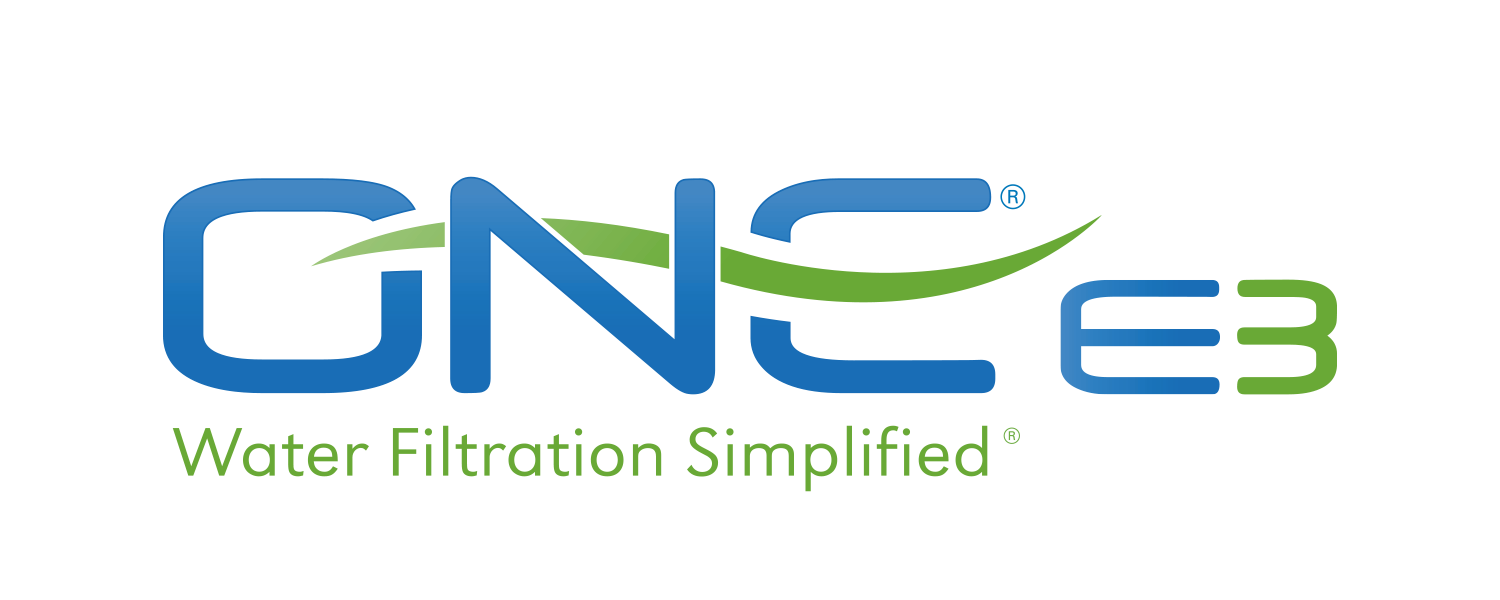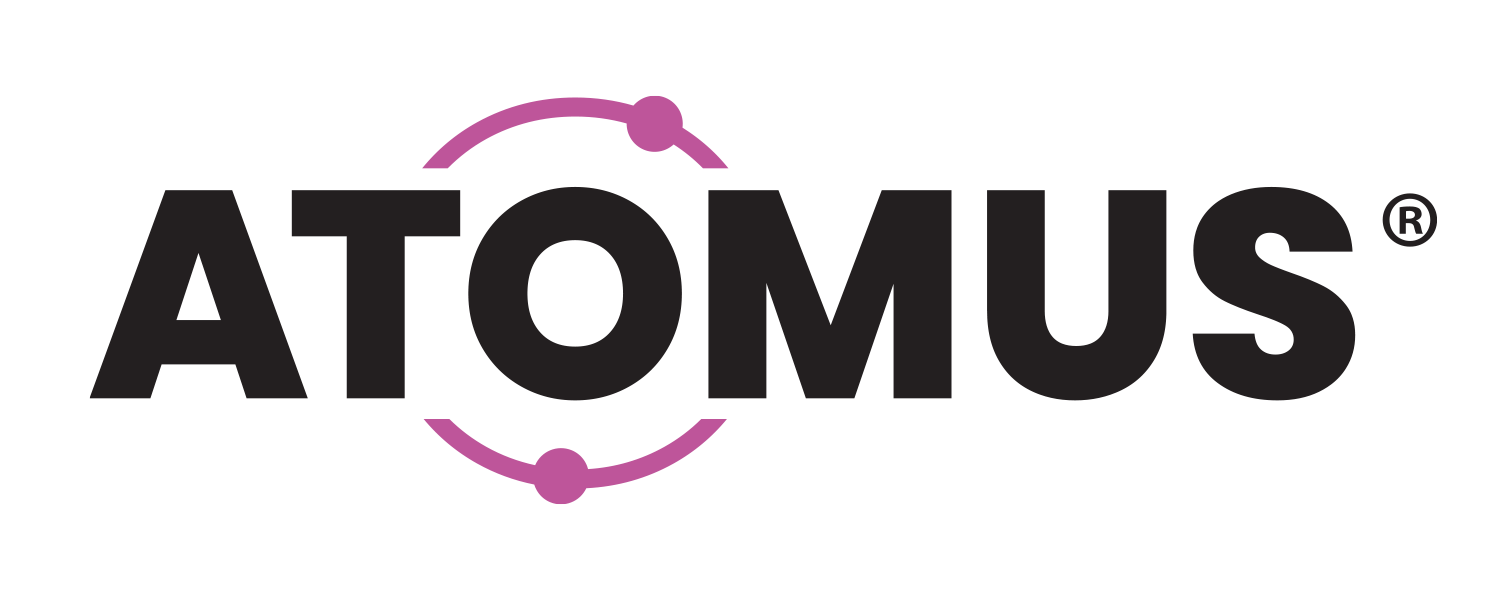According to a recent CBS News report titled “Lead in America’s water systems is a national problem”, there are an estimated 6.1 million lead service lines currently in use across the United States that need to be replaced. More than half of those—3.4 million—are located in the Midwest. These lines have the potential to (and may already be) enabling lead to enter the water going into homes, which can have a dangerous impact on human health.
The CBS News report also notes these stats:
- 0.5% is the rate America’s lead pipes are currently being replaced
- 200 years is roughly the amount of time it will take to replace all the lead pipes at this rate
- 18 million people are currently served by water systems that have violated EPA rules for lead in water
Why is it so difficult to replace all of these lead service lines? The CBS report notes both the cost involved and the difficulty identifying all the lines that need to be replaced. Even in cities where the problem has elevated to more severe levels—like Flint, Michigan, and, more recently, Newark, New Jersey—finding an effective and affordable permanent solution to this problem remains a challenge for local, state, and federal officials.



